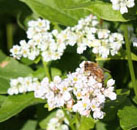
Its a Bee’s Life
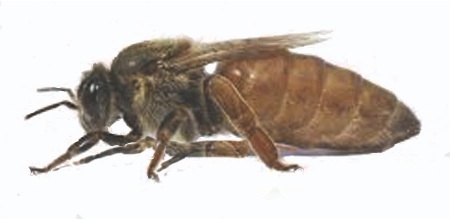
Drone
Workers care for the eggs and larvae, (above) that the queen,(below ), lays while she is surrounded by nurse bees.
Worker
Queen

Other hive products
- Pollen is their source of protien, fed to larvae as bee bread.
-
Honey bees also produce beeswax from glands in their abdomens to build the combs.
-
Propolis, collected from tree buds, is used to coat the inside of the hive .
-
Bees collect water, to cool the hive by evaporative cooling.
Making Honey
Worker bees collect nectar from flowers. Enxymes are added to the nectar and moisture is removed by fanning dry air into the hive over exposed nectar and then driving the moist air out of the hive at a other opening . The combs are sealed when the moisture in the honey is less than 18 % .
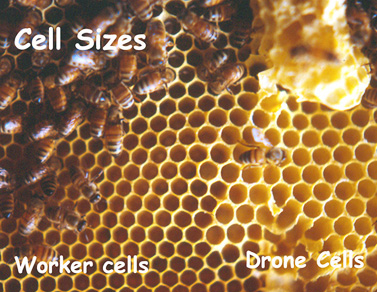
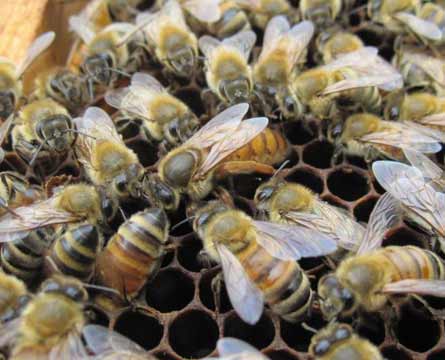
Life cycle
Honeybees are social insects and must always live as a colony of bees, or swarm. Their home is called a hive. The colony consists of several thousand workers, a few hundred drones and a single queen.
The queen starts to lay eggs in late winter, usually February. A good queen lays up to 2000 eggs a day, in the spring and summer and may live for about 3 years. She is only fed a glandular secretion called royal jelly her entire life.
Eggs hatch in three days and are fed royal jelly for 3 days and then are fed a mixture of honey and pollen called 'bee-bread.' Workers emerge 21 days after the egg hatches; drones after 28 days. Workers go right to work after emerging while drones build up their strength over several weeks, then fly in areas where they may mate with a queen. Workers wear themselves out in about six weeks. Drones live for most of the summer unless they mate; then they will perish.
When the colony becomes overcrowded, the queen lays eggs in special queen cells and thereby produces a young queen. Queen larvae are only fed royal jelly. A new young queen emerges after 15 days in the cell. The old queen swarms off with over a third of the colony just before queens emerge from their cells. The first queen out usually kills off the rest of the queens /cells. In the end only one new queen survives to lead the hive. She then mates with several drones over a period of days and, returning to the same hive, takes over as queen with egg laying duties.
A colony may have over over 40,000 workers, 300 drones and yet only one queen during the summer. Worker bees gather nectar, pollen, water & propolis. The water to cool the hive and propolis to put a sterile coating on the inside of the hive. Often a colony can produce huge surplusses of honey, which the beekeeper can remove to sell.
In the fall the drones are chased out of the hive to die. The remaining workers build up reserves in their bodies and can survive on stored honey for 3 or 4 months or until more workers are raised in late winter and life goes on.
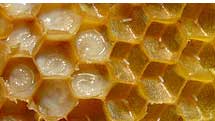
In summer the bees can make beeswax by eating lots of nectar. The beeswax comes out of glands on the underside of their abdomen. The bees then form the beeswax comb with their mandibles.


